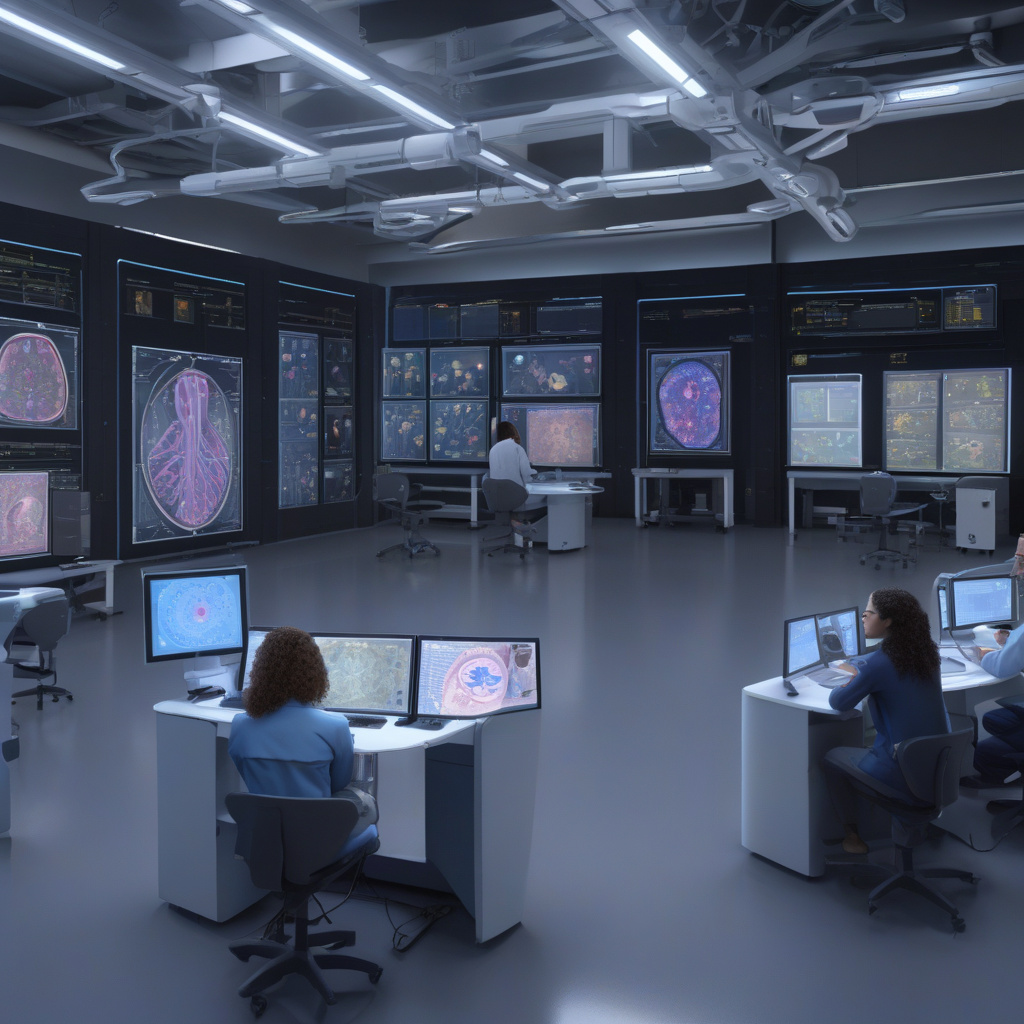Uncovering Hidden Biological Mechanisms: AI Reveals Evolution of Echolocation in Bats and Whales
In a groundbreaking study, Chinese researchers have harnessed the power of Artificial Intelligence (AI) to delve into the intricate world of biological mechanisms. By leveraging AI technology, the team unveiled the fascinating evolution of echolocation in bats and whales, shedding light on protein-level evolutionary patterns that were previously hidden from view.
Echolocation, the biological sonar system that enables certain animals to navigate their surroundings using sound, has long been a subject of scientific curiosity. Bats and whales, despite belonging to different species and habitats, both possess this remarkable ability. However, the underlying genetic and evolutionary processes that led to the development of echolocation in these two groups of mammals have remained largely shrouded in mystery – until now.
Through the innovative application of AI algorithms to vast biological datasets, the researchers were able to analyze and compare the genetic sequences of bats and whales at an unprecedented level of detail. What they discovered was nothing short of extraordinary: echolocation had evolved independently in these two groups of animals, driven by distinct genetic mutations and selection pressures.
By examining the protein-level evolutionary patterns associated with echolocation, the study not only deepened our understanding of how this complex trait emerged in bats and whales but also provided valuable insights into the broader mechanisms of evolution. The use of AI in this research not only accelerated the pace of discovery but also allowed for the detection of subtle genetic variations that traditional methods might have overlooked.
This study represents a prime example of how AI can revolutionize the field of biology by uncovering hidden patterns and relationships within genetic data. As technology continues to advance, we can expect AI to play an increasingly prominent role in unlocking the mysteries of the natural world, from the depths of the oceans to the heights of the skies.
The implications of this research extend far beyond the realms of evolutionary biology. By elucidating the genetic basis of complex biological traits such as echolocation, scientists may one day be able to apply this knowledge to other areas, such as medical research or conservation efforts. The ability to pinpoint specific genetic changes that drive the development of unique traits opens up a world of possibilities for targeted interventions and treatments in various fields.
As we stand on the cusp of a new era in biological research, where AI serves as a powerful tool for uncovering the hidden secrets of life, one thing is certain: the future holds limitless potential for further discoveries and innovations. By harnessing the capabilities of AI to unravel the complexities of the natural world, we are embarking on a journey of exploration and understanding that promises to reshape our perception of the living organisms with which we share this planet.
In conclusion, the study conducted by Chinese researchers using AI to reveal the evolution of echolocation in bats and whales represents a significant milestone in the field of biology. By demonstrating the power of AI in uncovering hidden biological mechanisms, this research paves the way for a new era of discovery and innovation in the life sciences.
AI, Biology, Echolocation, Evolution, Research
